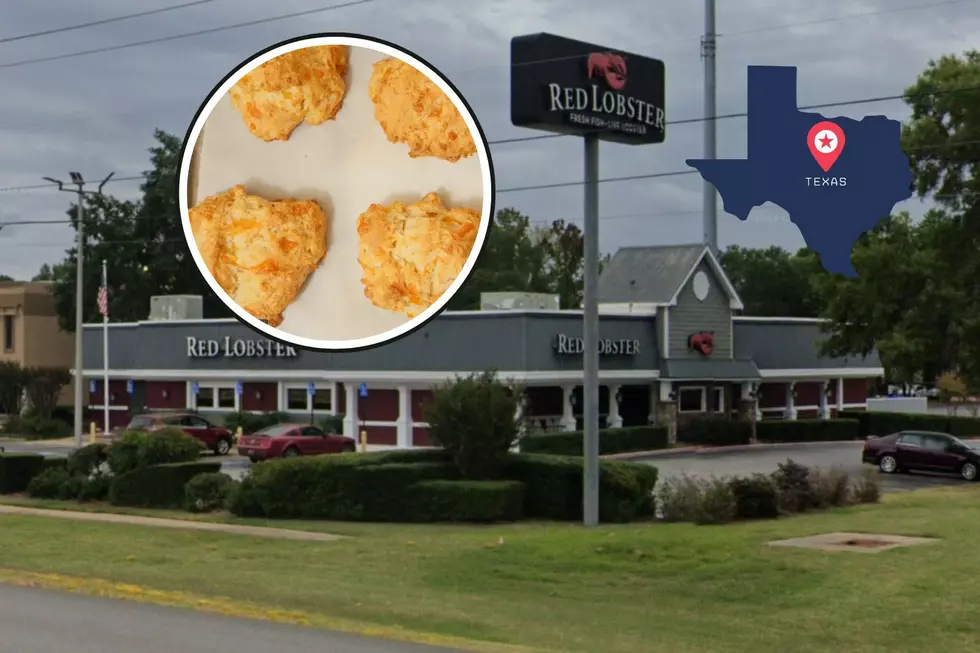
Keep This Interactive Risk Map of Storm Surge Flooding Handy
During a pretty historic hurricane season like we're having in 2017, it's probably smart for us to keep an eye on surge flooding from these storms. Most likely here in Tyler we'll be OK, but a lot of us have family and friends on the coast of Texas and Louisiana (shoot, and all of Florida for that matter!)
The above map, provided by Climate Central, gives you a great display of how rising sea levels will affect coastal areas. You can toy with the map, with water levels from 1 foot up to 10 feet. It's pretty scary here in Texas because we already know how prone to flooding some of our cities are.
Here's our current coast line today with two feet of surge water - this isn't from rainfall, it's only based on the level sea rise. Right now, the current coast is 2 feet.
Now, let's play around a little and see what it's like at 5 feet. Here is where you see Port Arthur and the general Beaumont area getting inundated. Coastal areas in Louisiana is already highlighted starting at 2 feet.
At 10 feet, it gets pretty thick across the entire coastline. Louisiana appears to be a third under water (and that's without rain!), and southeast Texas also looks similar to our Cajun neighbors. One of the positives from this is that most of these areas have relatively low populations (easier for evacuations and such), unlike Houston, which saw its own version chaos this past week.
So maybe people living in coastal cities will have a better idea of what to expect when the next storm hits. Also, for reference, Hurricane Katrina had a storm surge of up to 27.8 feet at its peak - this map only goes to 10 feet.



